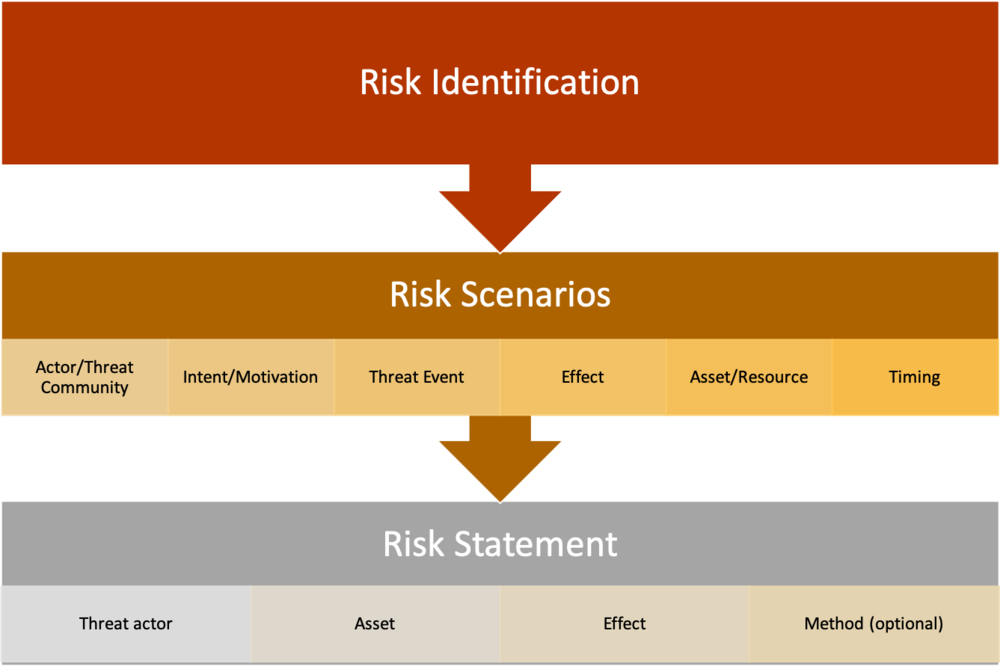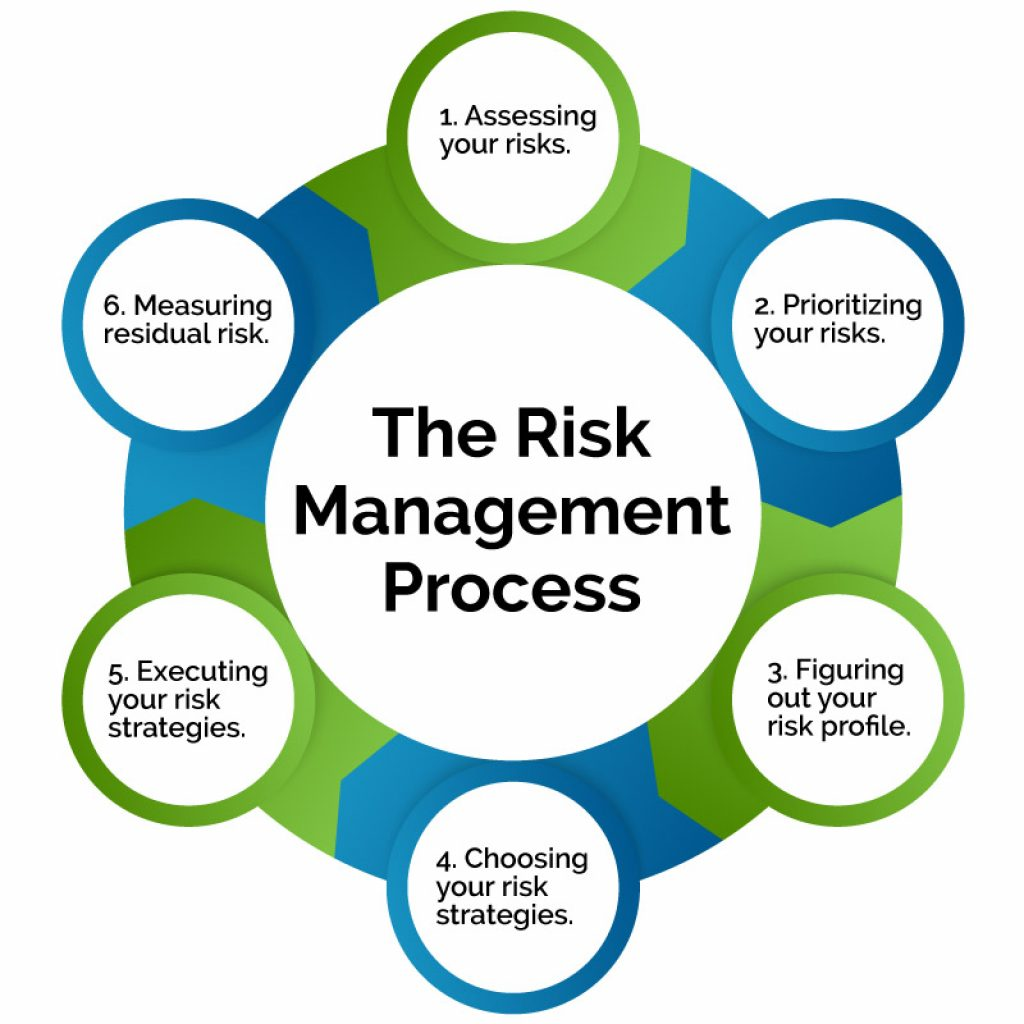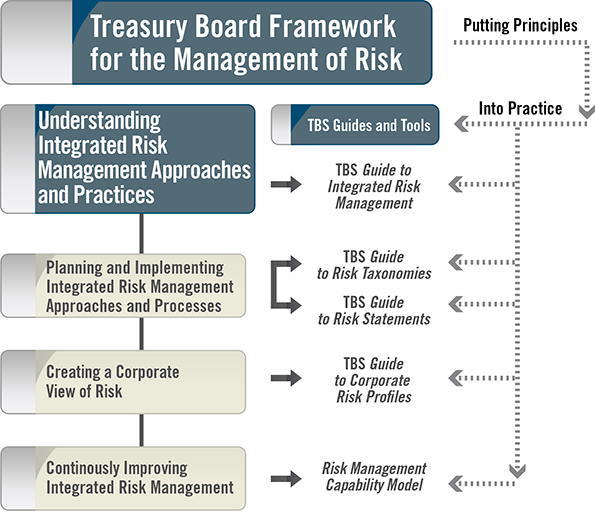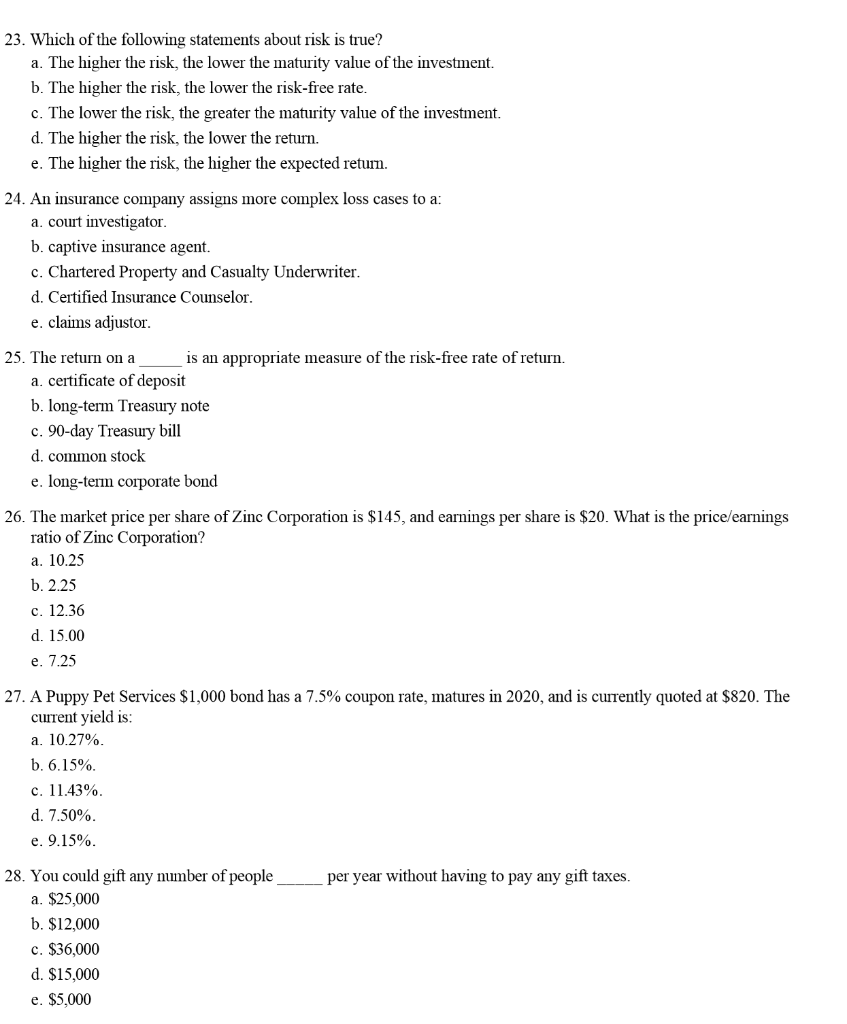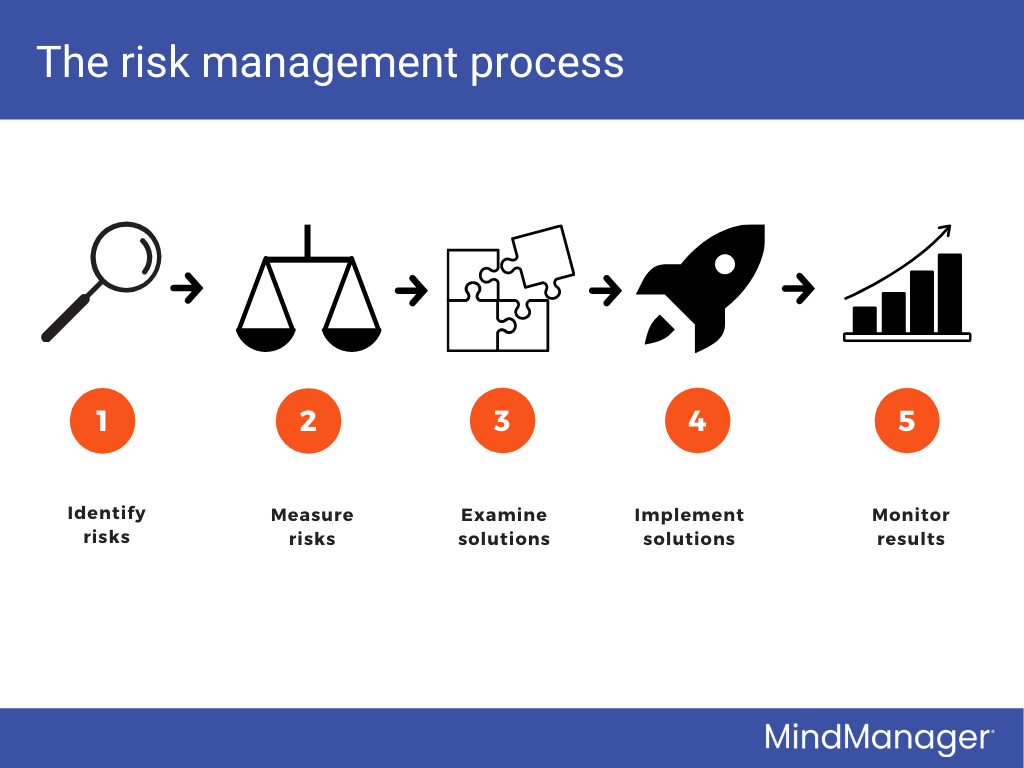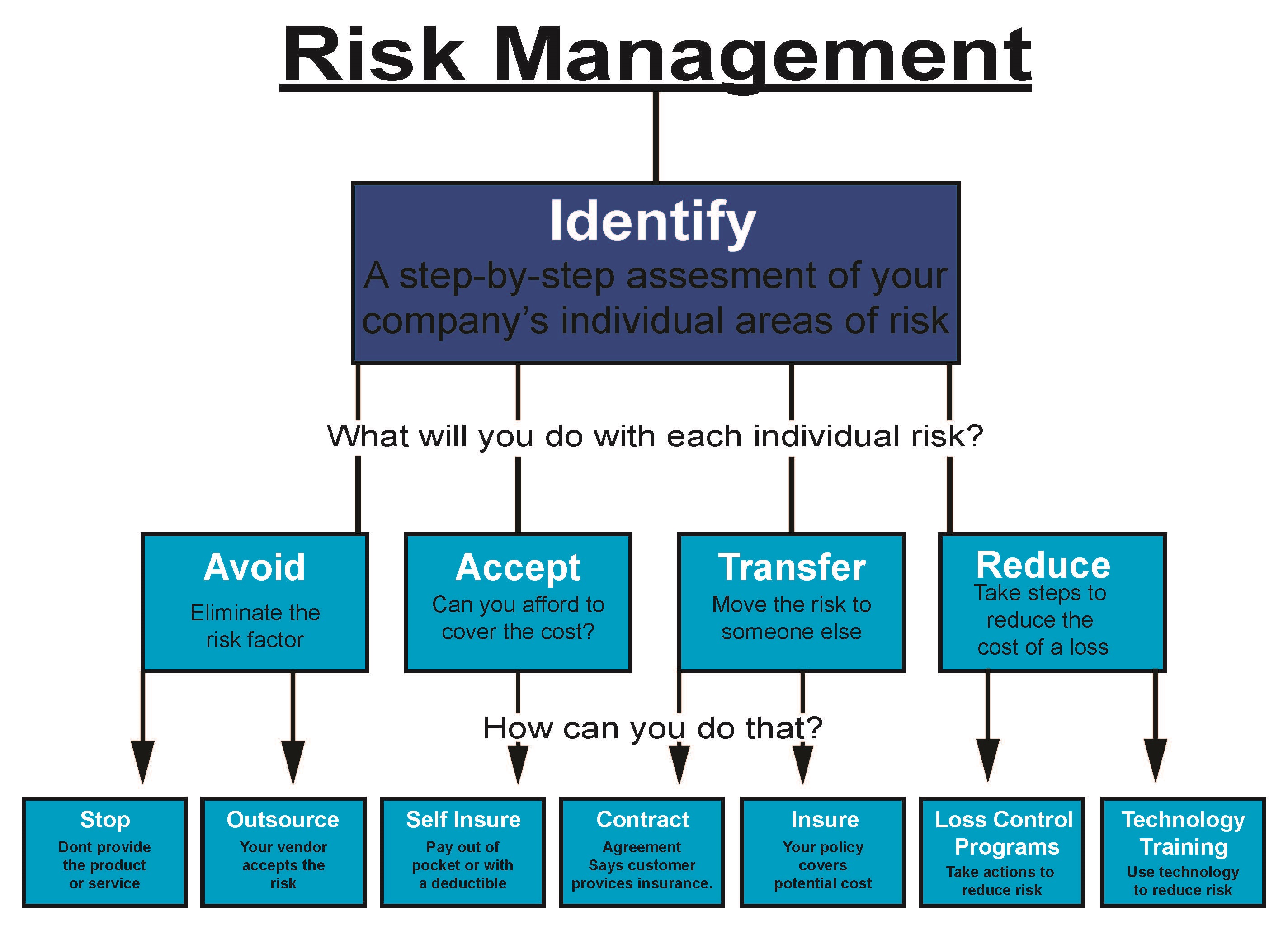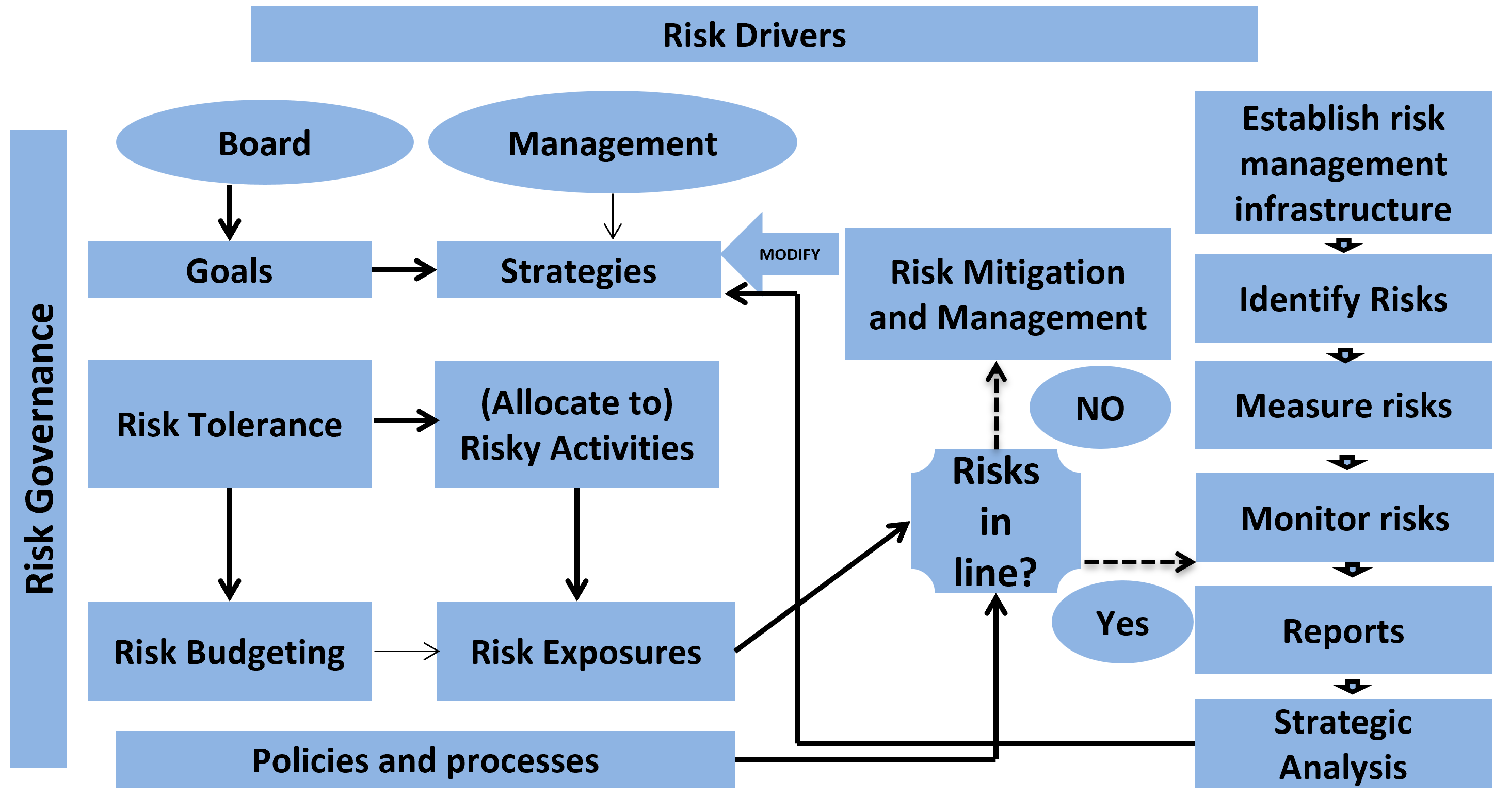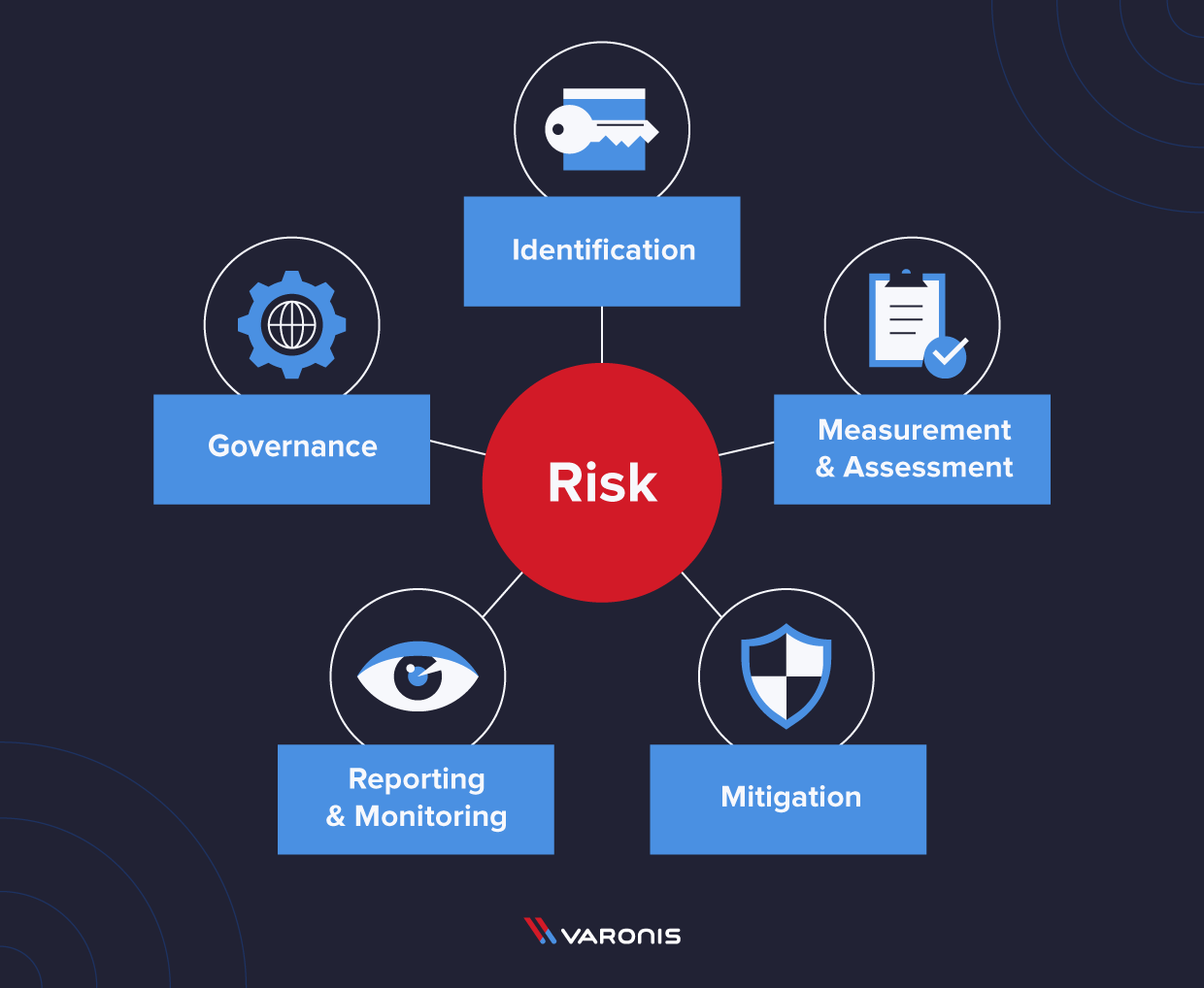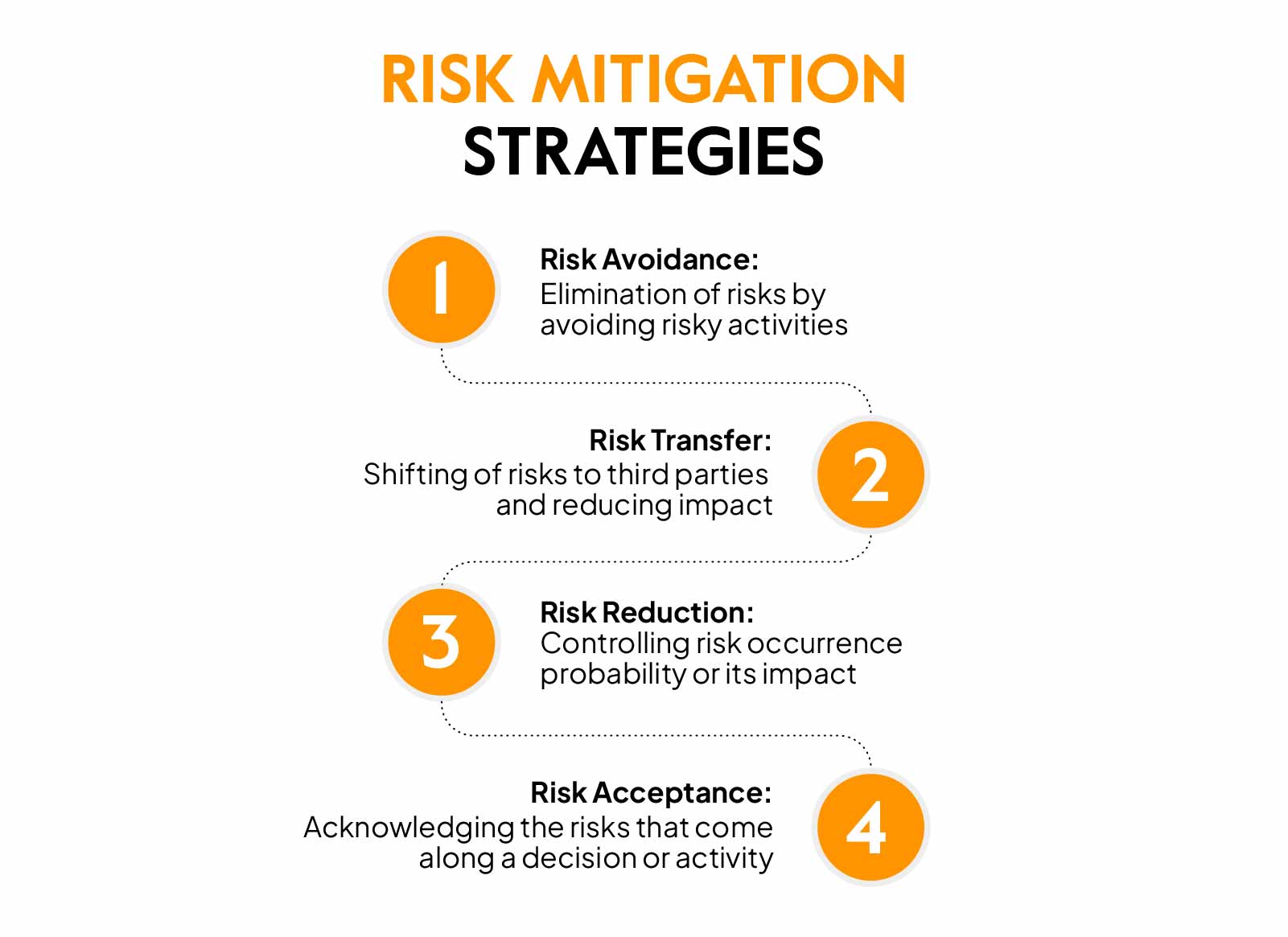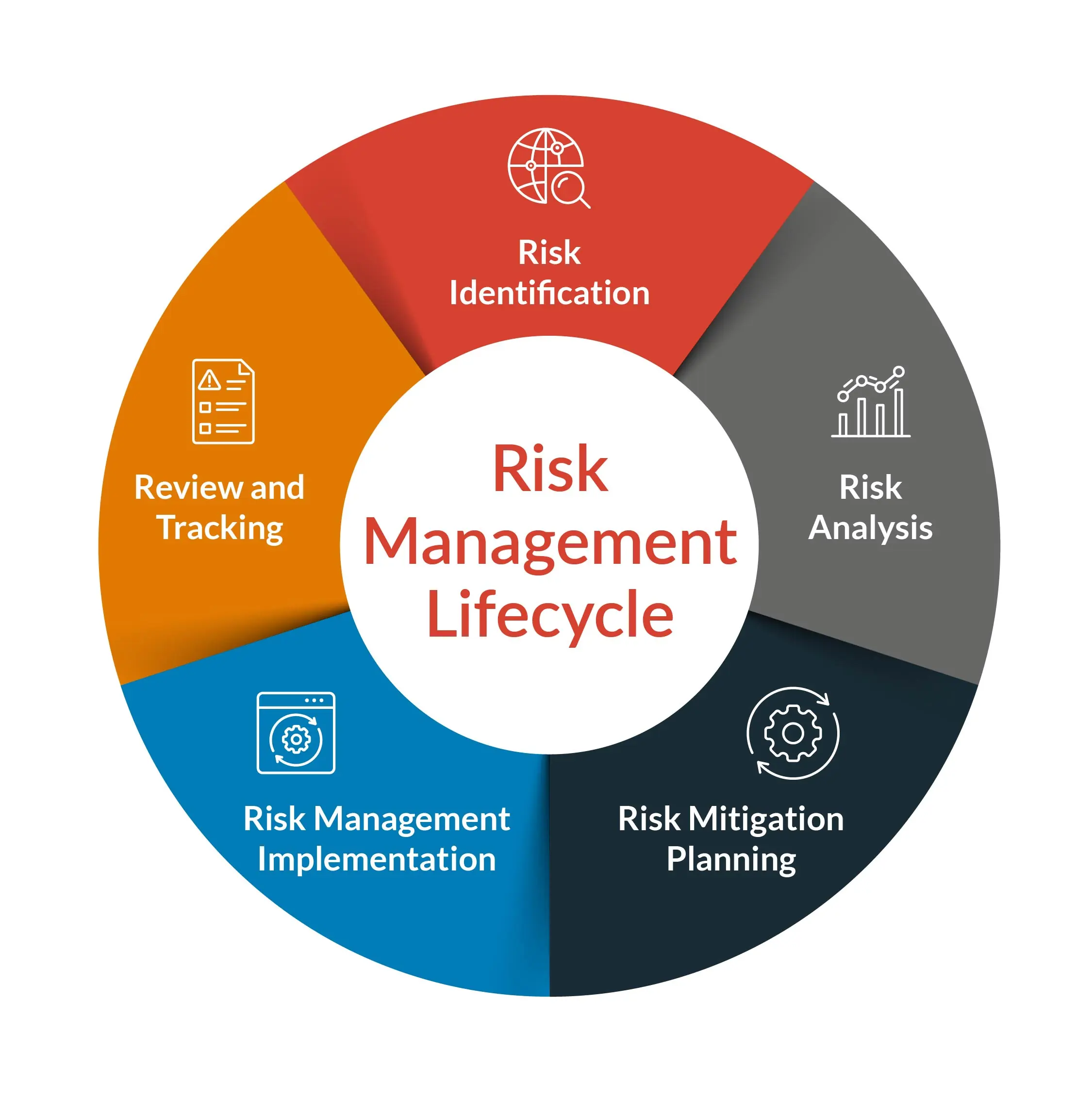Which Of The Following Statements About Risk Management Is True

Risk management practices are under intense scrutiny following recent high-profile failures, prompting widespread debate over fundamental principles. A critical analysis reveals that only one of several commonly held beliefs about risk management consistently holds true: effective risk management is a continuous process of identification, assessment, and mitigation, not a one-time event.
This realization comes amidst growing concerns that static, compliance-driven approaches are inadequate in today's rapidly evolving landscape. Experts are now urging organizations to adopt more dynamic and integrated risk management strategies.
The Core Principle: Continuous Improvement
The assertion that risk management is a continuous process underscores its iterative nature. It's not a checklist item to be completed annually, but an ongoing cycle. This cycle involves constantly scanning the environment for new threats, re-evaluating existing risks, and adjusting mitigation strategies as needed.
"Risk management is not a project with a defined endpoint," states Dr. Anya Sharma, a leading risk management consultant. "It's a journey, not a destination. Organizations must embrace continuous monitoring and adaptation."
Data from a recent survey conducted by the Global Risk Management Institute (GRMI) reveals that companies embracing continuous risk management are 30% more likely to identify emerging threats before they impact operations.
Debunking Common Misconceptions
Several other statements about risk management are often touted as truths, but upon closer examination, prove to be flawed. Let's address some of these misconceptions. These flawed ideas can lead to significant vulnerabilities.
Myth 1: Risk management eliminates all risk. This is patently false. Risk management aims to reduce the likelihood and impact of negative events, but it cannot guarantee complete elimination of risk. Attempting to eliminate all risk can stifle innovation and create undue rigidity.
Myth 2: Risk management is solely the responsibility of the risk management department. While dedicated risk professionals play a crucial role, risk management is everyone's responsibility. Each employee, from the CEO to the entry-level worker, has a role to play in identifying and reporting potential risks.
Myth 3: A complex risk management framework is always better. Complexity doesn't necessarily equate to effectiveness. A simple, well-understood framework that is consistently applied is often more effective than a convoluted system that is rarely used.
Real-World Examples of Failure
Recent events highlight the dangers of neglecting the continuous nature of risk management. The collapse of GlobalTech Industries, a major technology firm, can be attributed in part to a failure to update its risk assessments in response to emerging cybersecurity threats. Their risk mitigation strategy was outdated and ineffective.
Similarly, the SilverStream Bank scandal exposed the inadequacy of their internal controls, which were reviewed only sporadically. This lack of continuous monitoring allowed fraudulent activities to go undetected for years.
These cases underscore the importance of not only having risk management processes in place, but also ensuring they are continuously reviewed, updated, and actively monitored. Static systems are inherently vulnerable to dynamic threats.
Moving Forward: Implementing Continuous Risk Management
The shift towards continuous risk management requires a fundamental change in mindset. Organizations must prioritize risk awareness, foster a culture of transparency, and invest in ongoing training and development. This involves more than just purchasing new software.
Furthermore, data analytics and artificial intelligence (AI) are playing an increasingly important role in risk management. These technologies can help organizations identify patterns, predict potential threats, and automate risk monitoring processes.
The key takeaway is that risk management is not a static function, but a dynamic and evolving process that must adapt to the changing landscape. Failure to embrace this principle puts organizations at significant risk.
The GRMI will host a webinar next month outlining practical steps for implementing continuous risk management. Registration details can be found on their website. Stay tuned for further updates as this critical issue evolves.

